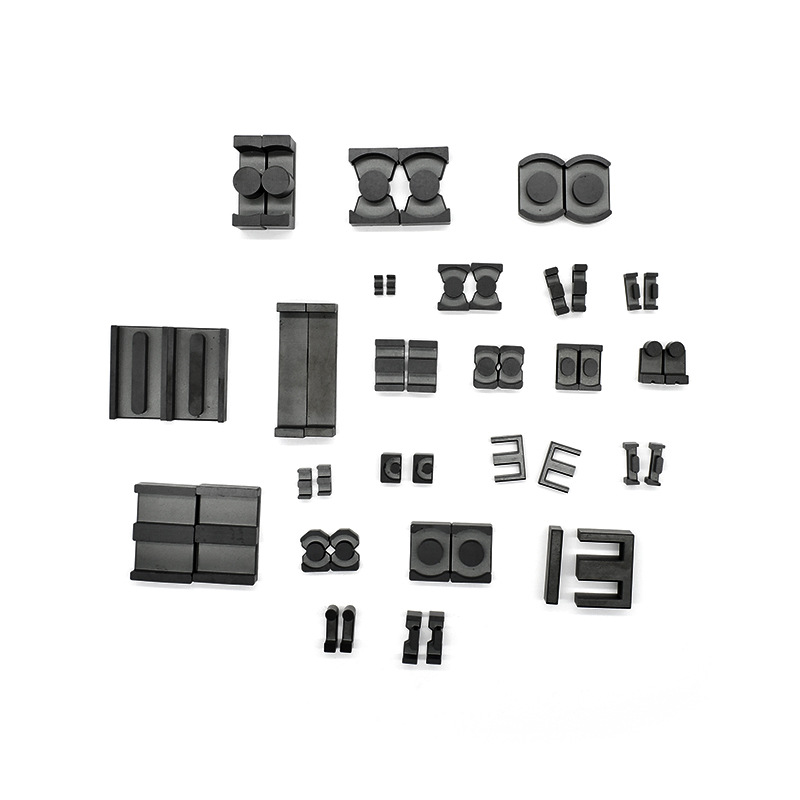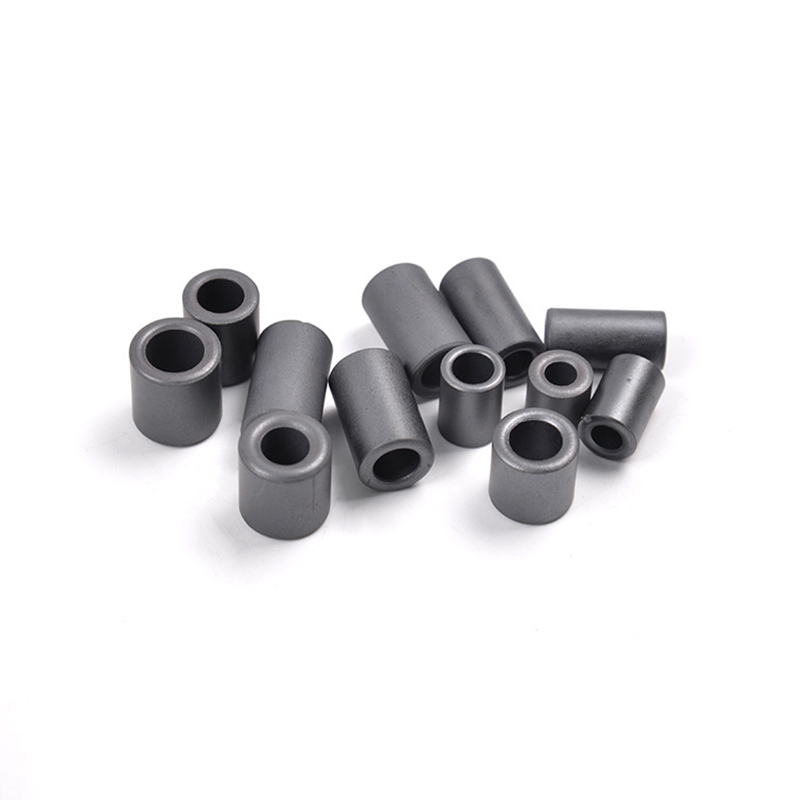The difference between Mn-Zn ferrite core and Ni-Zn ferrite core
Ferrite cores are an integral part of many electronic devices, providing their magnetic properties. These cores are made from a variety of materials, including manganese-zinc ferrite and nickel-zinc ferrite. Although both types of ferrite cores are widely used, they differ in characteristics, applications, and manufacturing processes.
Manganese-zinc ferrite core (Mn-Zn ferrite core), also known as manganese-zinc ferrite core, is composed of manganese, zinc, and iron oxides. They are known for their high magnetic permeability, making them suitable for applications requiring high inductance. Manganese-zinc ferrite cores have a relatively high resistivity and are able to dissipate heat more efficiently than other ferrite materials. This property also helps reduce power loss within the core.
Nickel-zinc ferrite cores (Ni-Zn ferrite core), on the other hand, are composed of oxides of nickel, zinc, and iron. They have lower magnetic permeability compared to manganese-zinc ferrites, making them suitable for applications requiring low inductance. Ni-Zn ferrite cores have a lower resistivity than Mn-Zn ferrite cores, which results in higher power losses during operation. However, nickel-zinc ferrite cores exhibit better frequency stability at high temperatures, making them ideal for applications involving high-frequency operations.
In terms of applications, manganese-zinc ferrite cores are widely used in transformers, chokes, inductors, and magnetic amplifiers. Their high permeability enables efficient energy transfer and storage. They are also used in microwave equipment due to their low losses and high-quality factor at high frequencies. Nickel-zinc ferrite cores, on the other hand, are commonly used in noise suppression devices such as filter chokes and bead inductors. Their low magnetic permeability helps attenuate high-frequency electromagnetic noise, thereby reducing interference in electronic circuits.
The manufacturing processes of manganese-zinc ferrite cores and nickel-zinc ferrite cores are also different. Manganese-zinc ferrite cores are typically produced by mixing the required metal oxides, followed by calcination, grinding, pressing, and sintering. The sintering process takes place at high temperatures, resulting in a denser, harder ferrite core structure. Nickel-zinc ferrite cores, on the other hand, use a different manufacturing process. Nickel-zinc ferrite powder is mixed with a binder material and then compressed into the desired shape. The adhesive is burned away during heat treatment, leaving a solid ferrite core.
In summary, manganese-zinc ferrite cores and nickel-zinc ferrite cores have different properties, applications, and manufacturing processes. Manganese-zinc ferrite cores are known for their high magnetic permeability and are used in applications requiring high inductance. On the other hand, nickel-zinc ferrite cores are used in applications that require low inductance and exhibit better frequency stability at high temperatures. Understanding the differences between these ferrite cores is critical to selecting the right core for each specific application, ensuring optimal performance and efficiency.
Post time: Nov-03-2023


